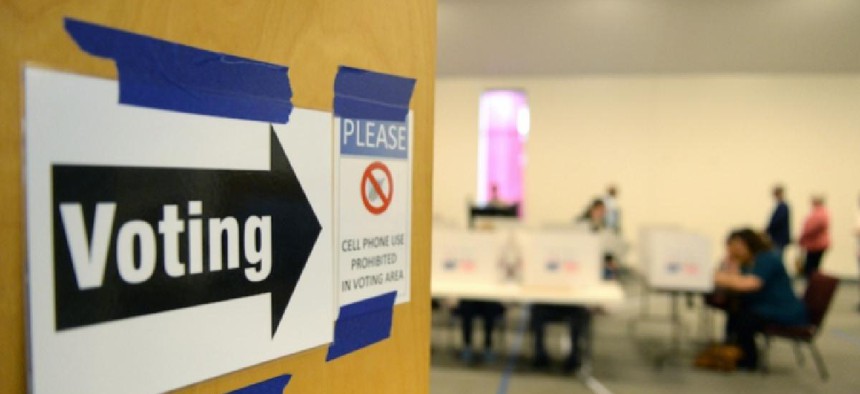Campaigns & Elections
Counties experience printing issues during primary

The latest municipal primaries didn’t come without their own set of new problems. Gino Santa Maria/Shutterstock
Yesterday’s municipal primary election may not have the same controversies as the 2020 General Election, but it did have counties dealing with a new set of problems.
In Lancaster County, mail ballots were printed in the incorrect order and some were sent out with incorrect instructions. Luzerne and Fayette Counties experienced ballots displaying the wrong party, and not displaying a proper barcode. While those issues were easily corrected, York County and others had a shortage of ballots.
“That is a major problem,” state Rep. Seth Grove (R-York) told City & State. “A segment of the population was disenfranchised.” Some precincts in those counties had a larger turnout than expected, resulting in them running out of Republican ballots. The Department of State released a statement confirming the issue and stating that voters were given alternatives, such as provisional ballots, while precincts’ supplies were replenished.
“The excitement around an election should be about close races. It should be about who is going to win, not about places running out of ballots and ballots being printed incorrectly,” Grove said.
Despite the variety of printing issues, Department of State Acting Secretary Veronica Degraffenreid deemed the overall primary election “successful.” Lisa Schaeffer, executive director, County Commissioners Association of Pennsylvania, agreed.
Schaefer told City & State that although there were some hiccups, across the board “counties ran a successful, fair and accurate election.” She said it was a “remarkably smooth day” compared to the issues counties dealt with last November in the middle of the pandemic.
Election reform has been at the forefront of debates in Harrisburg since the last election. Grove, chairman of the House State Government Committee, held 10 contentious election review hearings for counties,election officials, and others to share their experiences and recommendations going forward. Allowing pre-canvassing, or the processing of mail in ballots, prior to Election Day was a universally shared request among county election officials.
While some Republicans in the legislature have advocated for three days of pre-canvassing, counties have requested up to seven days or more.
“Right now, counties are running an in-person election on Election Day. Being allowed to pre-canvass only on Election Day means they’re running two separate elections [at the same time],” Schaeffer said. “Having that additional time can help counties balance their resources a bit better and will help with results coming back sooner.”
Schaeffer also recommended having the deadline to apply for a mail in ballot be moved back to 15 days prior to the election, which would ensure there is enough time for ballots to be returned and processed. Grove said those discussions will continue in the General Assembly, with county election officials continuing to be part of the conversation.
Regardless of the election reforms put forward, Schaeffer stressed the importance of implementing them well ahead of the election. She said that any statutory clarifications and deadline changes should be done before legislators recess in June.
“They need to allow appropriate time for implementation,” Schaeffer said. “We need to make sure counties have time to do it well and correctly, and to make sure there is time to train people and reduce confusion among voters.”
